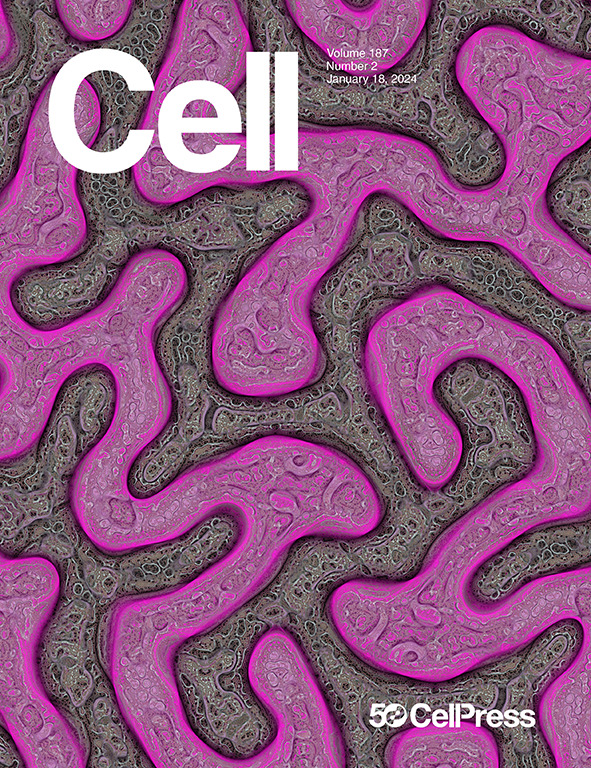Functional liver genomics identifies hepatokines promoting wasting in cancer cachexia
IF 42.5
1区 生物学
Q1 BIOCHEMISTRY & MOLECULAR BIOLOGY
引用次数: 0
Abstract
In cancer cachexia, the presence of a tumor triggers systemic metabolic disruption that leads to involuntary body weight loss and accelerated mortality in affected patients. Here, we conducted transcriptomic and epigenomic profiling of the liver in various weight-stable cancer and cancer cachexia models. An integrative multilevel analysis approach identified a distinct gene expression signature that included hepatocyte-secreted factors and the circadian clock component REV-ERBα as key modulator of hepatic transcriptional reprogramming in cancer cachexia. Notably, hepatocyte-specific genetic reconstitution of REV-ERBα in cachexia ameliorated peripheral tissue wasting. This improvement was associated with decreased levels of specific cachexia-controlled hepatocyte-secreted factors. These hepatokines promoted catabolism in multiple cell types and were elevated in cachectic cancer patients. Our findings reveal a mechanism by which the liver contributes to peripheral tissue wasting in cancer cachexia, offering perspectives for future therapeutic interventions.

功能肝脏基因组学鉴定在癌症恶病质中促进消耗的肝因子
在癌症恶病质中,肿瘤的存在会引发全身代谢紊乱,导致患者不由自主的体重减轻和加速死亡。在这里,我们对各种体重稳定型癌症和癌症恶病质模型的肝脏进行了转录组学和表观基因组分析。一项综合多水平分析方法确定了一个独特的基因表达特征,其中包括肝细胞分泌因子和生物钟成分rev - erba,它们是癌症恶病质中肝脏转录重编程的关键调节剂。值得注意的是,恶病质中REV-ERBα的肝细胞特异性基因重组改善了外周组织的消耗。这种改善与特定恶病质控制的肝细胞分泌因子水平的降低有关。这些肝因子促进多种细胞类型的分解代谢,并在恶病质癌患者中升高。我们的研究结果揭示了肝脏在癌症恶病质中导致外周组织消耗的机制,为未来的治疗干预提供了前景。
本文章由计算机程序翻译,如有差异,请以英文原文为准。
求助全文
约1分钟内获得全文
求助全文
来源期刊

Cell
生物-生化与分子生物学
CiteScore
110.00
自引率
0.80%
发文量
396
审稿时长
2 months
期刊介绍:
Cells is an international, peer-reviewed, open access journal that focuses on cell biology, molecular biology, and biophysics. It is affiliated with several societies, including the Spanish Society for Biochemistry and Molecular Biology (SEBBM), Nordic Autophagy Society (NAS), Spanish Society of Hematology and Hemotherapy (SEHH), and Society for Regenerative Medicine (Russian Federation) (RPO).
The journal publishes research findings of significant importance in various areas of experimental biology, such as cell biology, molecular biology, neuroscience, immunology, virology, microbiology, cancer, human genetics, systems biology, signaling, and disease mechanisms and therapeutics. The primary criterion for considering papers is whether the results contribute to significant conceptual advances or raise thought-provoking questions and hypotheses related to interesting and important biological inquiries.
In addition to primary research articles presented in four formats, Cells also features review and opinion articles in its "leading edge" section, discussing recent research advancements and topics of interest to its wide readership.
 求助内容:
求助内容: 应助结果提醒方式:
应助结果提醒方式:


